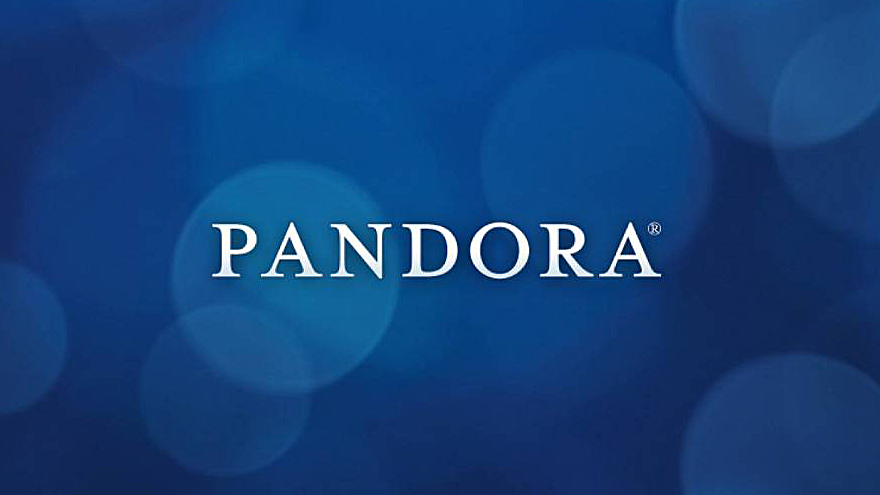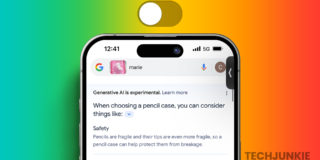With iTunes Radio Near, Pandora Lifts 40-Hour Listening Limit

Internet radio firm Pandora started the online streaming music revolution in many ways, and the company is making several big changes in an attempt to keep Apple from ending it next month. The Cupertino company will launch a free streaming radio service alongside iOS 7 in September, and Pandora announced Thursday that it will lift some listening restrictions on its own free accounts in response.
Starting next month, the 40-hour monthly listening limit for free Pandora accounts will be eliminated. The announcement came from Pandora CFO Mike Herring during the company’s earnings call this afternoon:
Pandora plans to eliminate the blanket 40-hour-per-month limit on free mobile listening effective September 1st. In the 6 months since we first implemented the free mobile listening limitation, we have gained critical insights into our user population that has given us greater control of our business. Because of these insights Pandora has implemented both other surgical levers to control content cost and new features that will allow for greater product usage. With these tools in place we are well positioned to continue to both optimize the cost structure of the business and further monetization progress.
Pandora implemented the cap in February of this year with the hope of driving more users to its paid premium service, which offers users an unlimited ad-free listening experience for $36 per year. February’s cap was the second time that Pandora had tried to limit free users of the service; a 40-hour cap was instituted in July 2009, but was extended to 320 hours in September 2011 before the reinstitution of the 40-hour limit in February.
Pandora has scrambled to respond to Apple’s iTunes Radio service since it was officially unveiled in June. Although not available in every market at launch, the service’s inclusion as part of iOS 7 will immediately grant it tens of millions of users and likely catapult it to first place in the Internet radio market.
Like Pandora’s new policy, iTunes Radio will have no known listening limits, and will be supported by periodic audio and video advertisements for free accounts. It will also tie-in closely with Apple’s iTunes Store, allowing users to quickly and easily purchase songs they like with a single tap.
To compete with Pandora’s paid “Pandora One” plan, Apple is integrating iTunes Radio with its iTunes Match service, which will give users an ad-free listening experience along with the standard iTunes Match functionality for $25 per year.
One factor remaining in Pandora’s favor is availability. iTunes Radio is subsidized in part by the understanding that users will frequently purchase tracks they hear and like, so Apple has made the service available only in places that users can access the iTunes Store, namely the iPhone, iPad, iPod touch, iTunes, and Apple TV. Users without these products or software won’t have access to iTunes Radio. Conversely, Pandora is available on every major mobile platform, via any modern Web browser, and built-in to many devices, such as set-top boxes, Blu-ray players, and “smart” TVs.
With the public release of iOS 7 expected for late September, the market does not have long to wait to see how the two services will fare. And, while Pandora doesn’t officially acknowledge the impending launch of iTunes Radio as a factor in the decision, it’s good to see that competition is clearly acting to the benefit of users.
















